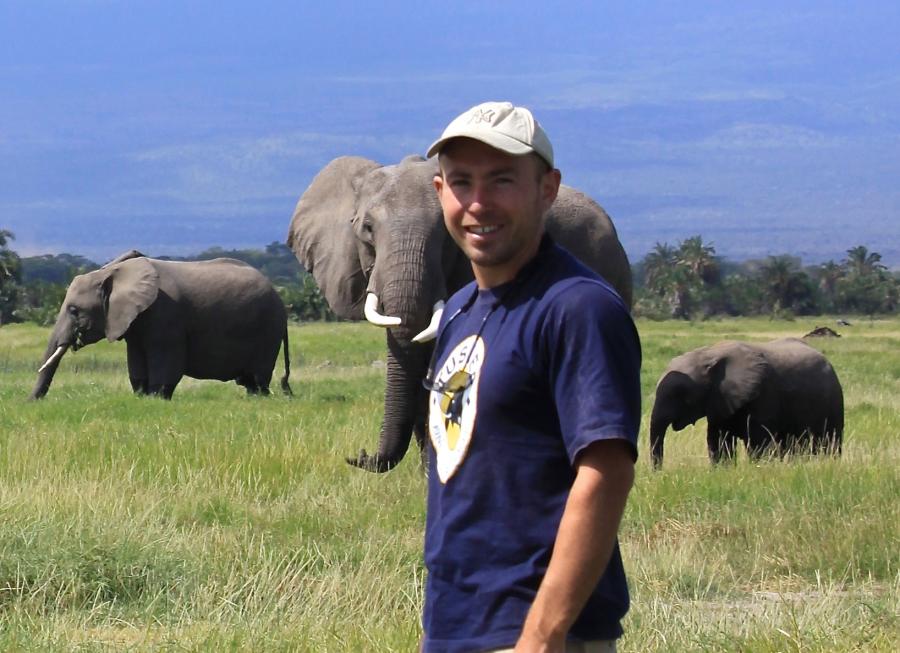Noise is an unseen pollutant with very real health impacts. Like many other forms of pollution, because of systemic injustice, it affects some people more than others. It also affects wildlife.
Graeme Shannon of Bangor University has contributed to a study published in Nature Ecology and Evolution which highlights how ecological degradation exacerbates injustices against those living in historically marginalized areas, because nature and wildlife play such a crucial role in human well-being.
Acoustic ecologists at Colorado State University (CSU), where Graeme Shannon worked as a post-doctoral researcher, found that marginalised communities are exposed to greater urban noise, which has been linked to negative consequences for people and wildlife. The new study builds on a systematic review exploring the effects of noise on wildlife led by Graeme while he was based at CSU.
The new study examined urban noise distribution across historical racial divisions in 83 U.S. cities and evaluated hundreds of studies on the impacts of noise on wildlife. In the United States, marginalized communities are described as being ‘redlined’. Now illegal, redlining was the discriminatory practice of denying loans or services to those living in non-white neighbourhoods. The team set out to analyse ecological data on noise while also exploring the impacts on urban communities, particularly those that are underrepresented due to historical biases.
The study is the first to examine noise inequity in redlined communities. Results show that louder noise levels more commonly correspond with redlined urban areas and have detrimental effects on urban ecosystems proportional to their volume.

Commenting on the new work, Graeme, a senior lecturer in zoology, said,
“It’s great to see this paper extending our original work to include studies published over the past decade, and to see how it’s being applied to highlight the impacts of noise to both human and wildlife communities.
Our original study identified research carried out in urban environments, classified the noise source, biological response of the focal species and documented specific sound exposure levels. Sara and her team have expanded this dataset and incorporated detailed measurements of sound exposure levels across 83 US cities. Ultimately, this has enabled them to explore how humans and neighbouring wildlife are affected by urban noise.”
“It’s great to see this paper extending our original work to include studies published over the past decade, and to see how it’s being applied to highlight the impacts of noise to both human and wildlife communities.
Redline noise
Starting in 1933, the Home Owners' Loan Corporation assigned grades to neighborhoods based on race and wealth. Grade A neighbourhoods were wealthier and whiter, while red lines were drawn around grade D neighbourhoods where people from various racial and ethnic backgrounds lived. Redlining was outlawed in 1968, but decades of divestment in these neighborhoods caused enduring disparities.
The study found that grade D neighborhoods experience 17% higher maximum noise levels than grade A neighborhoods, and grades C and D neighborhoods more frequently have maximum noise levels above the level known to cause hearing loss, physical pain and stress in humans.
"This is directly linked to structural racism,” said Sara Bombaci of Colorado State University. “There's a clear signal that ties directly to whether these communities were redlined.”
Some of the human health effects from noise pollution include hearing loss, stress, insomnia, hypertension and increased risk of heart disease and stroke. Persistent loud noise stresses wildlife too. It can alter animal behaviour, including communication, community structure, distribution, fitness, foraging, mating, movement and reproduction. Noise can make some species more vulnerable to predators and cause wildlife to avoid certain areas.
Righting past wrongs

Many cities, like Denver, are working toward equitable planning to improve access to parks and green space in underserved communities. Sara Bombaci said noise should be considered in those plans.
The team blended their disciplines to create this study aimed at advancing knowledge in urban ecology with a justice-centred approach.

